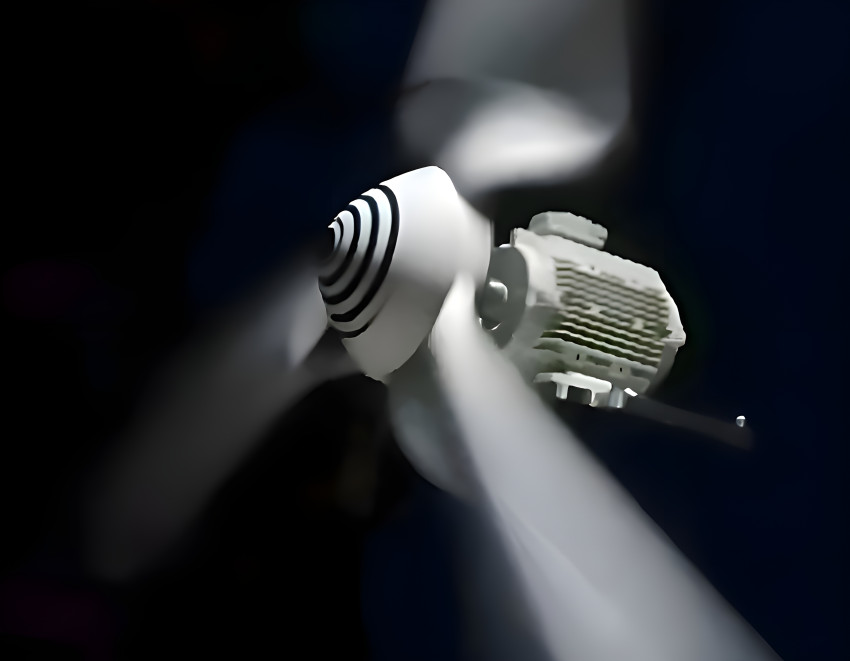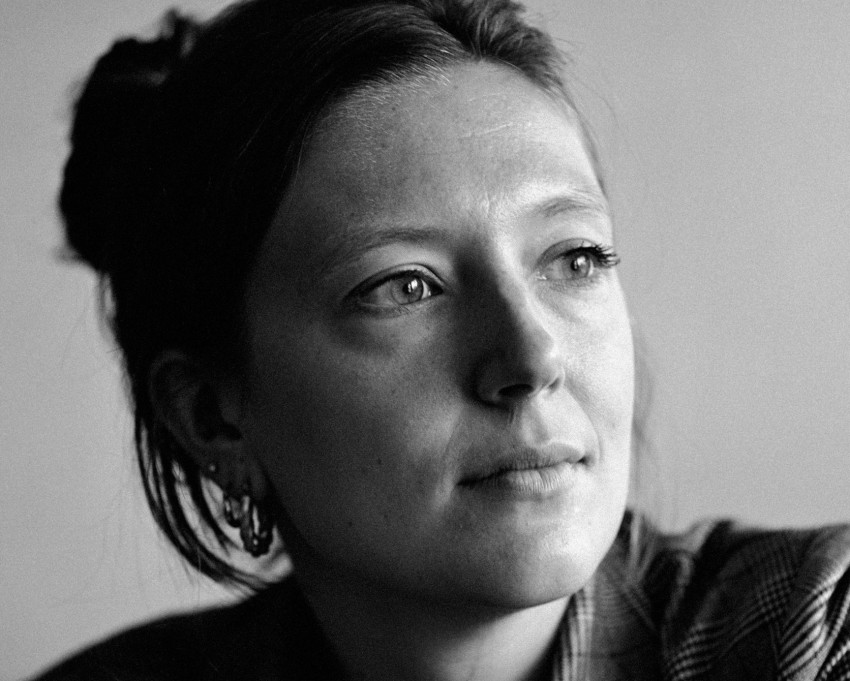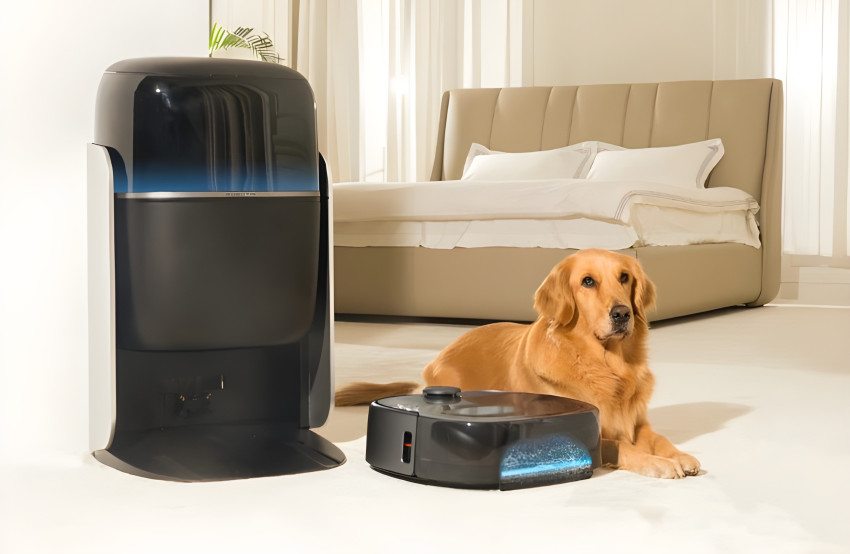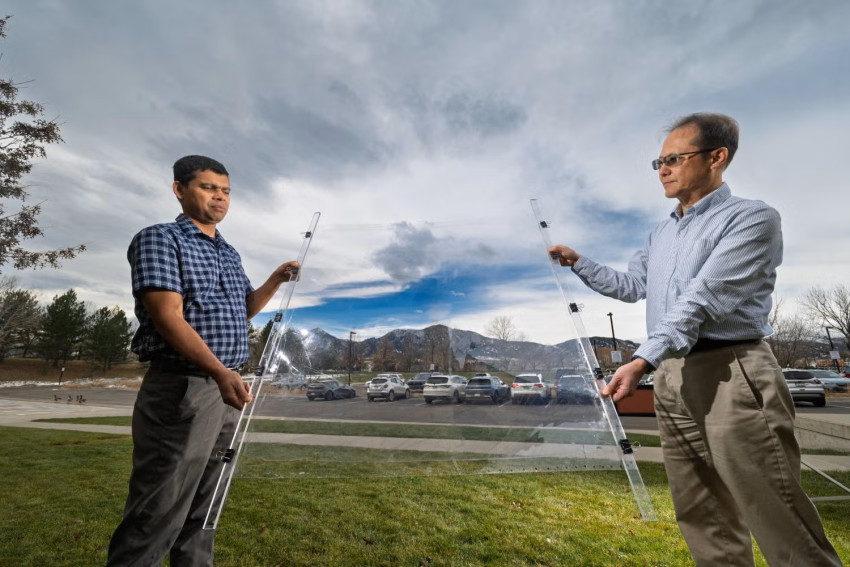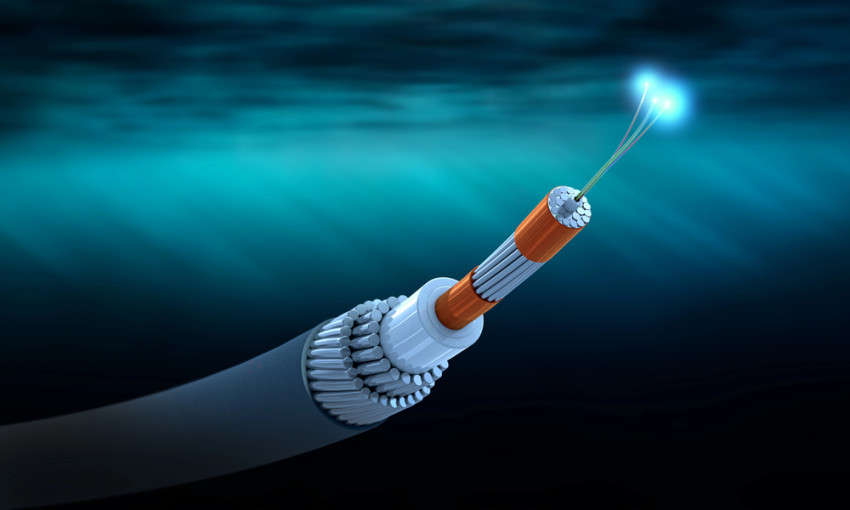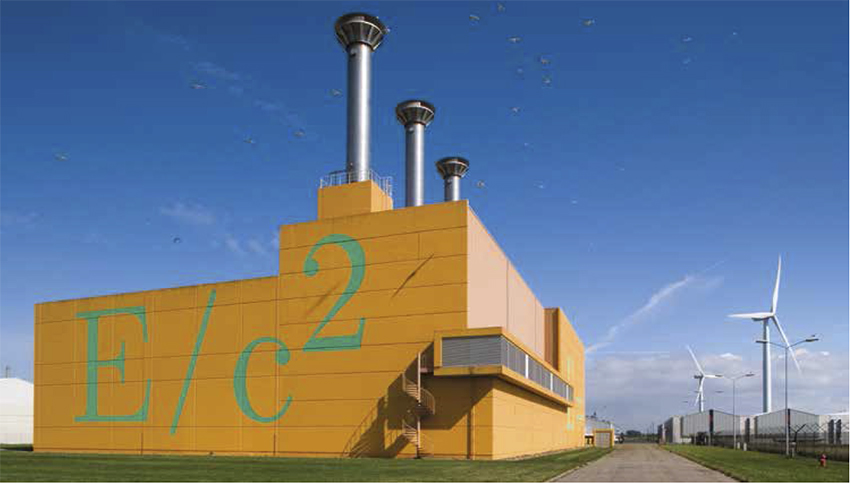
Why will it take one hundred years?
The decision to designate a location for underground disposal will not be taken until 2100, with construction not commencing until 2120. But how do you encourage a social discussion now when the decision won’t be taken by us but by our (great) grandchildren?
That the underground disposal of nuclear waste in the Netherlands would move at a glacial pace was already clear enough in 1980. There were plans at the time to dispose of nuclear waste in the salt domes in the provinces of Friesland, Groningen and Drenthe, leading to major protest demonstrations and ultimately the cancellation of the plans. The nuclear waste would have to be stored for the time being above ground at what is now Covra, and a suitable underground location would be chosen over 50 to 100 years.
The study into the storage of radioactive waste (read 'Underground disposal safe for Dutch nuclear waste') states that a location must be chosen in 2100. In explanation of the long timespan, the study states:
- radioactive waste accumulates at a very slow pace
- time is needed to find the necessary funds (circa 2 billion euros)
- further research is required
Future generations have to solve our problem
During the presentation of the study into underground disposal yesterday, it quickly became clear that such a long-term decision results in an ethically very unwelcome situation: future generations have to clear up the rubbish that the current generation has left behind. It was expressed that this is undesirable and is contradictory to all the principles of sustainability. Politicians dodge such difficult decisions, kicking the can down the road for following generations to deal with.
Furthermore, the intention is that a social discussion should be encouraged, and a planner has also been appointed for this purpose in the person of sustainability consultant, Jan Paul van Soest. But what's the point on stimulating a social discussion when the decision is ultimately to be taken by grandchildren that have not even been born yet?
Bring the decision on the location forward
It's clear to Van Soest that a social discussion with no decision being taken until 2100 is totally pointless. ‘Without the urgency, the discussion simply won’t happen’, he states when asked. He therefore wants to bring forward the moment a location decision is taken. ‘I'm looking at 2035.’ That gives us enough time to carry out further studies. And Borssele will then have been decommissioned, so the main source of highly radioactive waste will dry up.
Aside from agreeing on a location, two other issues play a major role in the discussion. One is: why underground storage? This seems logical when we have no idea what society will look like in a million years, but the current storage facilities at Covra are safe, can be well monitored and are acceptable to everyone.
Furthermore, the discussion on nuclear energy is once again heating up, even though the drafters of the storage studies want to avoid engaging in it. ‘You can’t talk about nuclear energy without talking about waste, but you can talk about nuclear waste without talking about nuclear power', said Frank van den Heuvel of the advisory group. And yet... The verdict on the location of the underground disposal definitely requires greater clarity on the volume of nuclear waste to be stored there. After the decommissioning of Borssele in 2033, is the Netherlands finally finished with most of the highly radioactive nuclear waste, or is there an option that could result in further nuclear waste over time? It is unavoidable that people living in the area of the underground disposal facility will want an answer to this question.
All things considered, nuclear waste remains a thorny issue.
If you found this article interesting, subscribe for free to our weekly newsletter!

